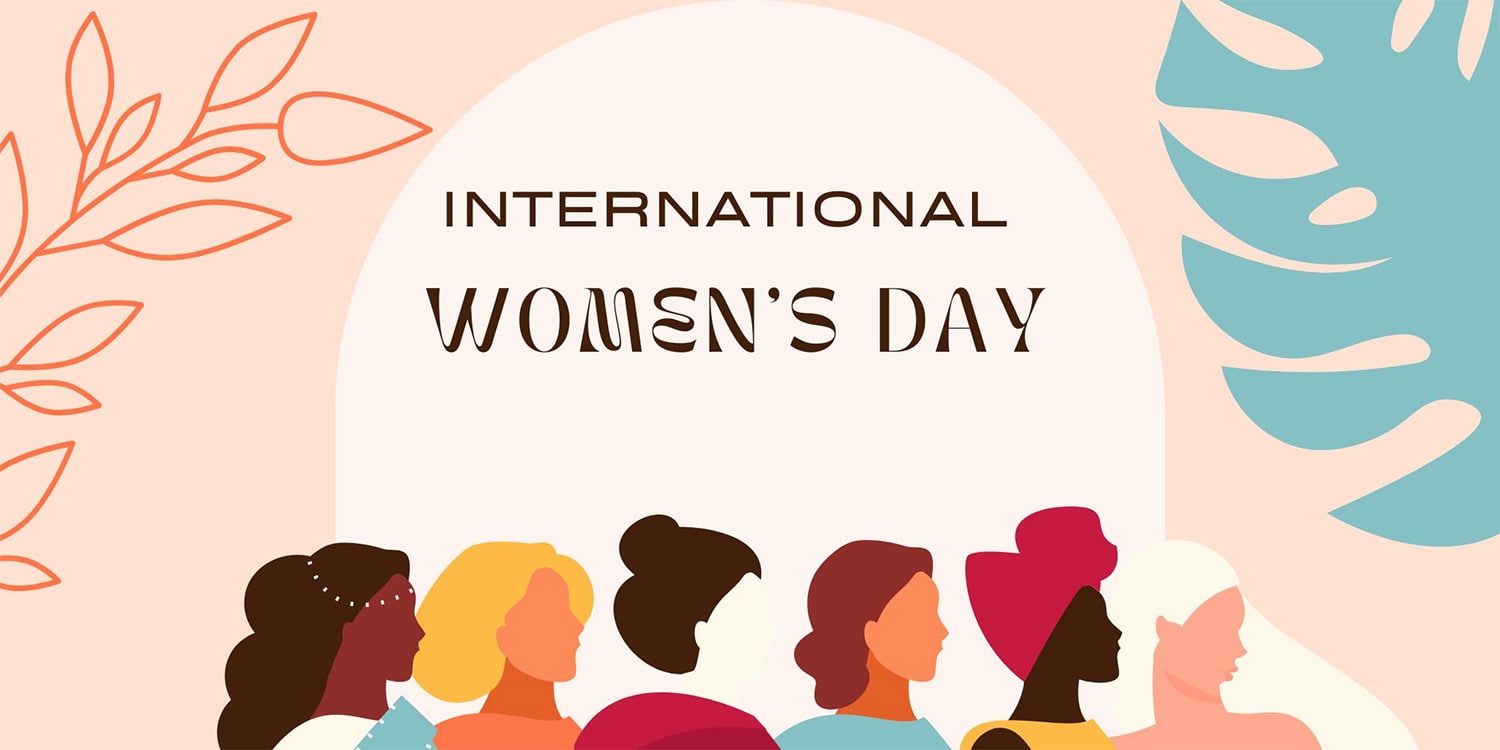
30 interesting facts about International Women’s Day
- 👁️ 1161
International Women’s Day (IWD), celebrated on March 8th every year, is a global day recognizing the social, economic, cultural, and political achievements of women. It also marks a call to action for accelerating gender parity. The day has been observed for over a century, with millions of people around the world participating in events that honor women’s advancements and advocate for continued progress towards equality. From its origins in the labor movements of the early 20th century to its recognition by the United Nations, International Women’s Day has grown into a worldwide celebration of women’s rights and achievements. Let’s explore some interesting and informative facts about International Women’s Day that highlight its importance and global impact.
- The first National Woman’s Day was observed in the United States on February 28, 1909, inspired by the 1908 garment workers’ strike in New York.
- International Women’s Day was first proposed by Clara Zetkin, a German socialist and advocate for women’s rights, at the International Socialist Women’s Conference in Copenhagen in 1910.
- The day was first celebrated internationally on March 19, 1911, in Austria, Denmark, Germany, and Switzerland, where over one million people attended rallies.
- Initially, IWD focused on women’s rights to work, vote, be trained, hold public office, and end discrimination. However, its focus has since broadened to include all aspects of gender equality.
- The United Nations officially recognized International Women’s Day in 1975, and it has been celebrated on March 8th ever since.
- The UN themes for International Women’s Day have included a wide range of issues related to women’s equality, such as ending violence against women, empowering rural women, and achieving gender equality in the digital age.
- In some countries, International Women’s Day is an official holiday, while in others, it is observed as a day of protest or celebration of womanhood.
- Purple is the internationally recognized color symbolizing women and is often worn on IWD to show support for women’s equality.
- The symbol for International Women’s Day is the Venus symbol (♀), which is also the symbol for the female sex.
- Russia observed its first International Women’s Day on the last Sunday in February 1913, aligning with the country’s calendar at the time.
- In 1917, women in Russia chose to protest and strike for “Bread and Peace” on the last Sunday in February (which fell on March 8th in the Gregorian calendar) against World War I and sparked the Russian Revolution.
- International Women’s Day has been celebrated in China since 1924, when the Chinese Working Women’s Association endorsed the day.
- Each year, International Women’s Day has a specific campaign theme, such as #ChooseToChallenge, #BalanceforBetter, and #EachforEqual, to guide events and advocacy.
- Many organizations, including schools, governments, and corporations, observe International Women’s Day by holding conferences, marches, performances, and discussions on women’s rights and achievements.
- Some cultures celebrate the women in their lives on International Women’s Day by giving them flowers and small gifts.
- IWD has its own logo, featuring the symbol of Venus with the faces of women of different backgrounds integrated within it, symbolizing unity and diversity.
- Grassroots movements and online campaigns have significantly contributed to the spread and recognition of International Women’s Day across the globe.
- IWD events often include artistic performances that highlight the struggle for women’s rights and celebrate their achievements in music, dance, and theater.
- The day also serves as a reminder of the ongoing struggles for gender equality, including wage gaps, gender-based violence, and lack of access to education and healthcare for women worldwide.
- Google often commemorates International Women’s Day with a special Doodle on its homepage, celebrating women’s achievements and contributions.
- International Women’s Day has inspired the creation of other observances, such as International Men’s Day, to advocate for gender balance and men’s rights.
- In recent years, social media has played a crucial role in promoting International Women’s Day themes and activities, allowing for greater participation and awareness.
- The global community recognizes the achievements of women on International Women’s Day, including those in areas where women’s rights are still heavily restricted.
- IWD is not only about celebrating achievements but also about taking action to continue pushing for full gender equality.
- Many educational institutions use International Women’s Day as an opportunity to teach students about the importance of gender equality and women’s history.
- Community organizations often hold fundraisers on International Women’s Day to support charities focused on women’s health, education, and rights.
- Some businesses offer special promotions and products on International Women’s Day, with proceeds supporting women’s causes.
- International Women’s Day has been instrumental in bringing attention to issues such as gender pay gap, reproductive rights, and political representation.
- IWD events vary from small gatherings and workshops to large-scale marches and rallies, reflecting the diverse ways in which different cultures and communities celebrate the day.
- The International Women’s Day website serves as a hub for sharing information about events, resources, and history related to the observance.
International Women’s Day is a powerful reminder of the strides made towards gender equality and the work that remains to be done. It is a day of reflection, advocacy, and celebration of women’s rights and achievements across all facets of society. By recognizing the contributions of women and continuing to fight for gender equality, we can create a more inclusive and equitable world for future generations. As we observe International Women’s Day, let us all commit to championing women’s rights and uplifting their voices in our communities and beyond.











